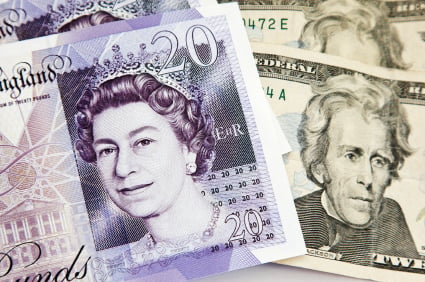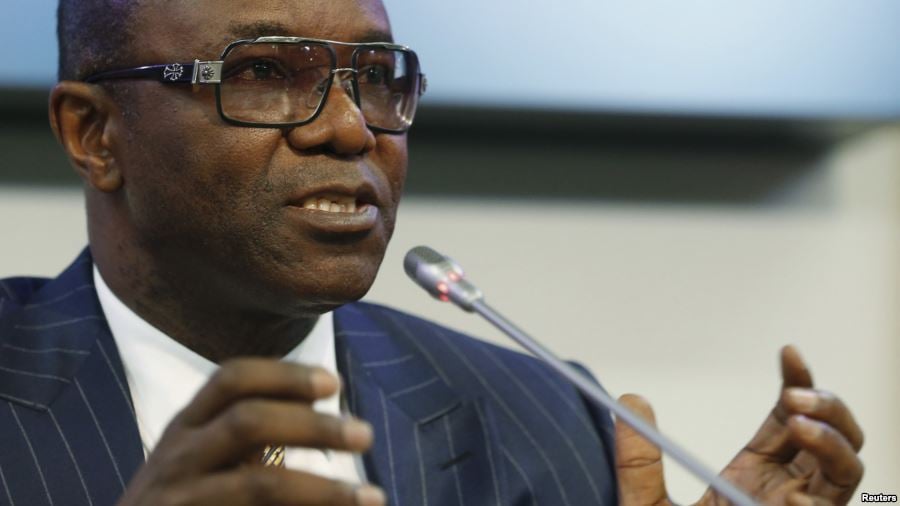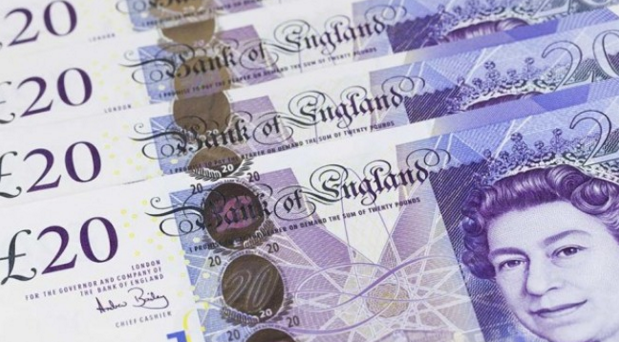Hopes for a June rate hike by the Federal Reserve were totally diminished after the disappointing NFP report on Friday showed that the U.S. economy had added only 160,000 jobs in the month of April. This marked the fewest number of jobs added in seven months and well below the one-year median of 232,000. The labor force participation rate which dropped by 0.2%, after increasing moderately for the past six months provided another worrying sign as Fed officials take this number seriously when planning for the next move.
On the bright side, average hourly earnings increased by 0.3% in March, taking the year-on-year change to 2.5% in April. Wage growth and comments from permanent Fed voter William Dudley who reiterated on Friday that it’s reasonable to expect that the U.S. central bank would raise rates twice this year, supported the dollar from collapsing. From the other side traders seemed prepared for a weak release as the CFTC report indicated U.S. dollar short positions had climbed for a third consecutive week, which also explains why the dollar’s reaction was muted.
This week is not of less importance to the U.S. currency. In fact, price stability has been of more concern to the Federal Reserve which has a target of 2% inflation rate. To reach the targeted rate, consumers in the U.S., who represent two-thirds of the economy, should be more encouraged to spend. Low energy prices and cheap credit has so far failed to elevate spending as retail sales missed markets expectations in seven out of the past ten months. Whether the improvement in wage growth will boost consumers’ appetite to spend, Friday’s retail sales will provide an answer.
On the same day Michigan Consumer Sentiment Index, which has declined for four straight months is due to release. The survey shouldn’t be ignored either as it’s a key component to predict American’s future spending habits. The Dollar index which climbed in the past four trading days is still down 5% for the year and seems completely priced out a rate hike in June and probably in September too. If fundamentals started painting a rosier picture for the U.S. economy in the second quarter the dollar has more potential to the upside as most negative news already priced in. 38.2% Fibonacci retracement from November highs to May lows at 95.2 will be the primary upside target.
Advertisement
The Cable has been astonishingly firm against the EUR and JPY, although recent bulk of data indicated that UK’s economy is being hit from all sides ahead of June’s Brexit vote. GBP key risk event this week will be the BoE’s meeting on Thursday who’s going to keep rates unchanged. However, since past year we were monitoring members looking to raise rates, now I wouldn’t be surprised if any of the nine members voted for a cut. The press conference and inflation report are likely to take the center stage for clarification on how concerned the MPC are over recent released data which showed all key economic sectors slowed down and growth eased from 0.6% in Q4 to 0.4% in the first 3 months of the year. Traders should be more cautious on how to trade the pound as it might seem there’s something more than just the referendum story impacting the currency.
Sayed is chief market strategist at FXTM
For more information please visit: ForexTime
Advertisement
Add a comment






